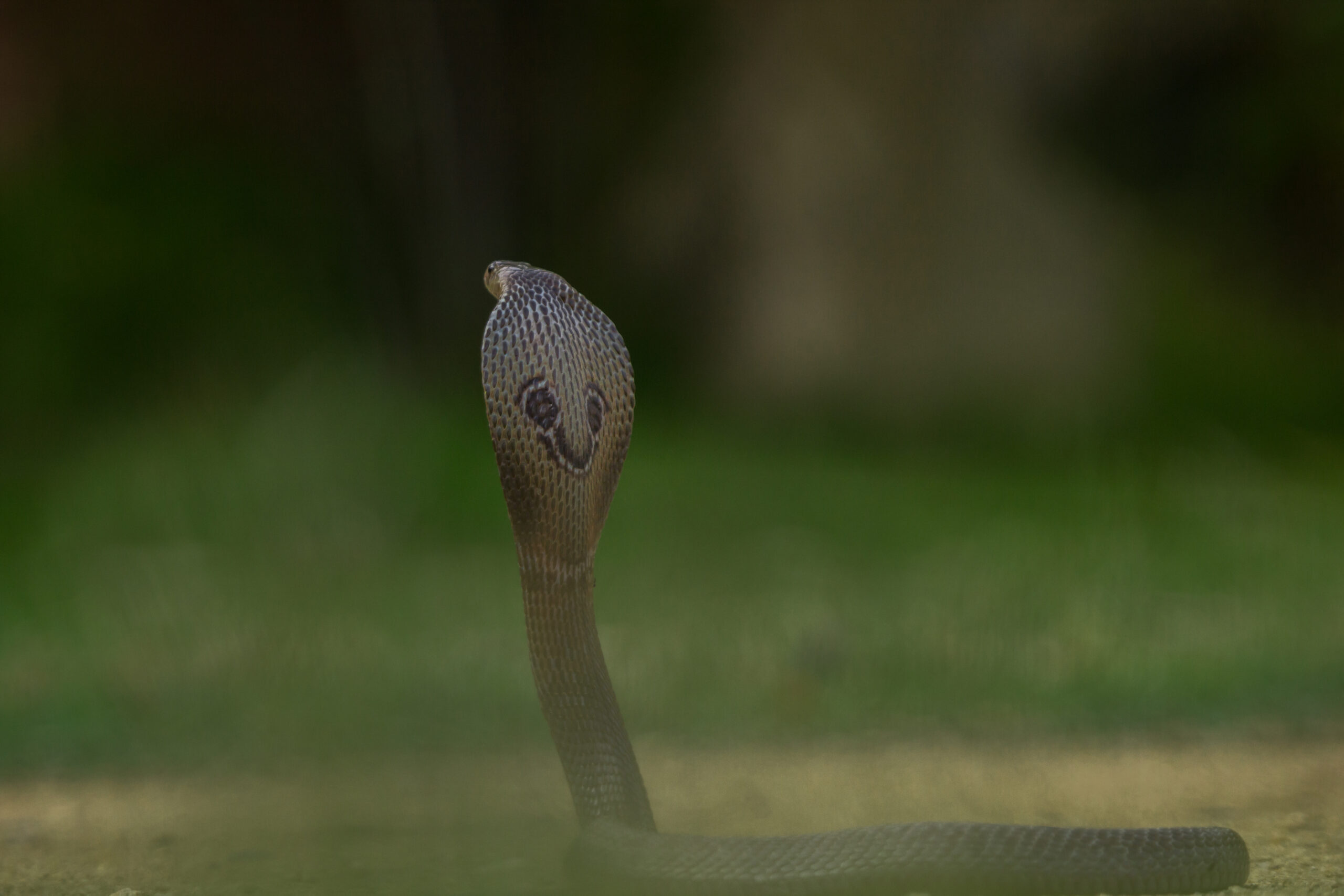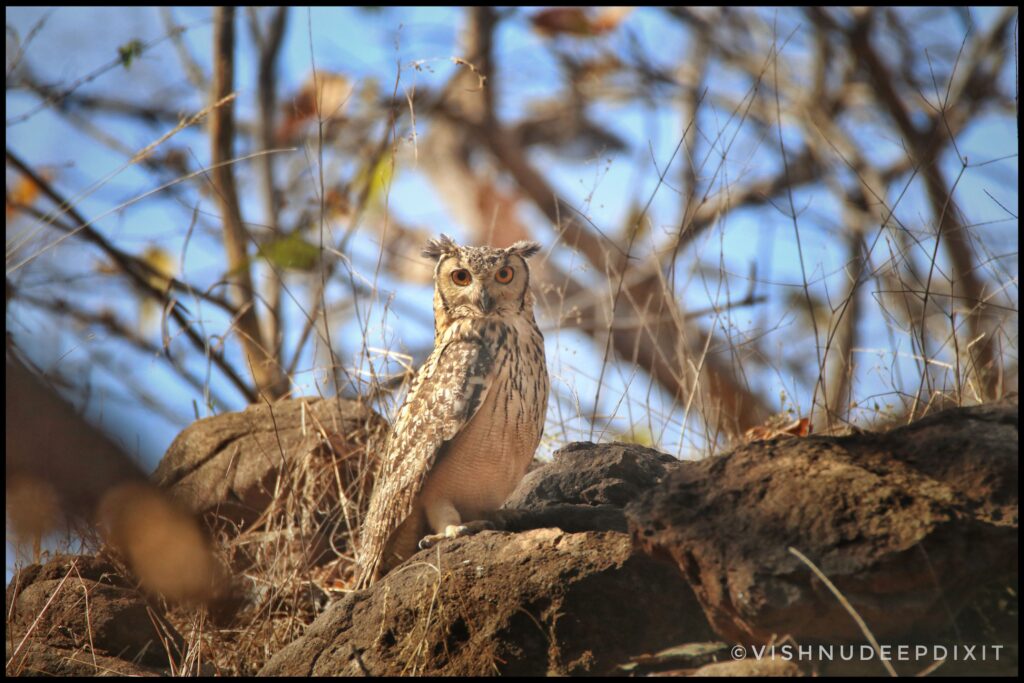Snakes is a specie that has always intrigued the human mind. However amongst a vast variety of snakes, it’s Cobra snake that has picked popularity for its unique charisma. The Elapidae family consists of venomous snakes with short hollow fangs. The most well-known members of this family are the Cobras! There are 38 known species of Cobras in the world today.
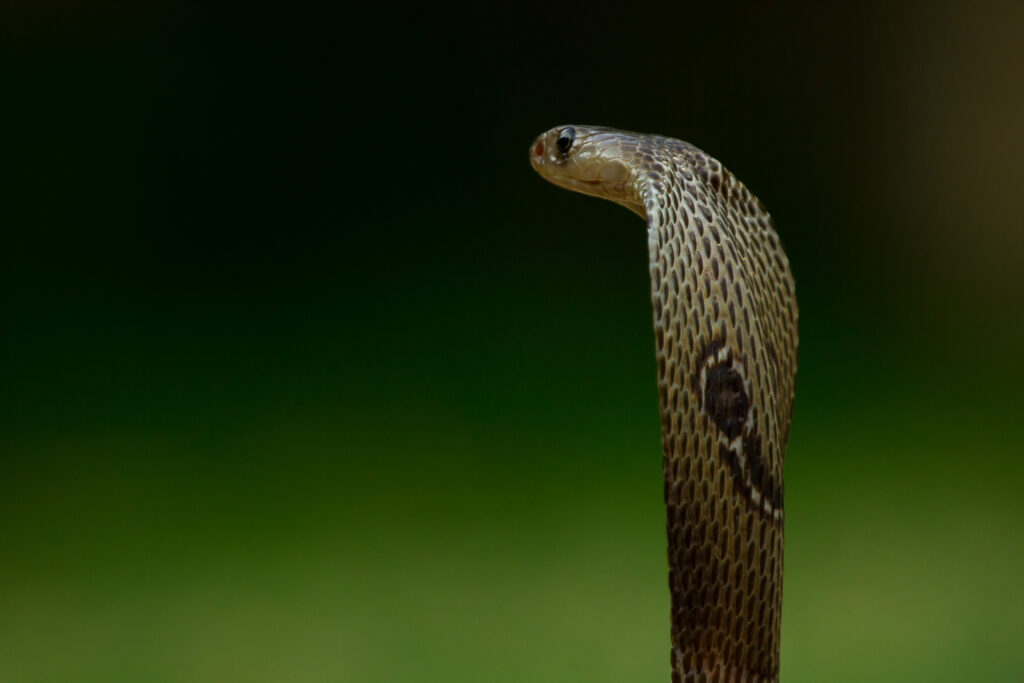
Cobras belong to the genus Naja, which is a Latinised form of the Sanskrit word Naga. The King Cobra however belongs to a separate genus called Ophiophagus (meaning feeding on other snakes). Other than the King Cobra, which occupies a special place in scientific classification, we have 4 species of Cobras in India.
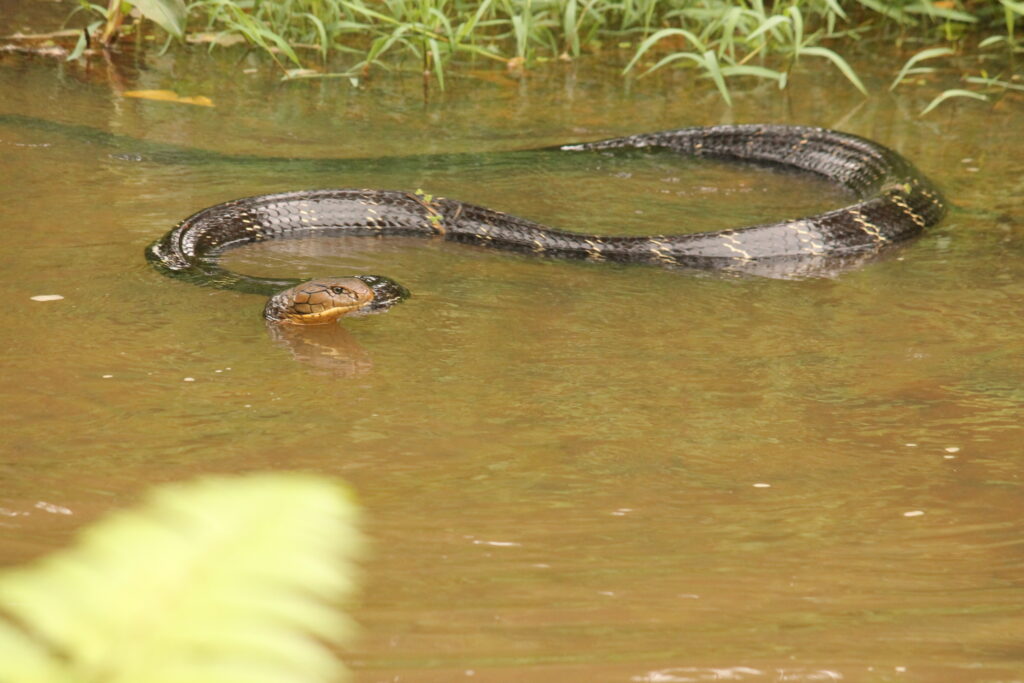
Types of Cobra snake found in India
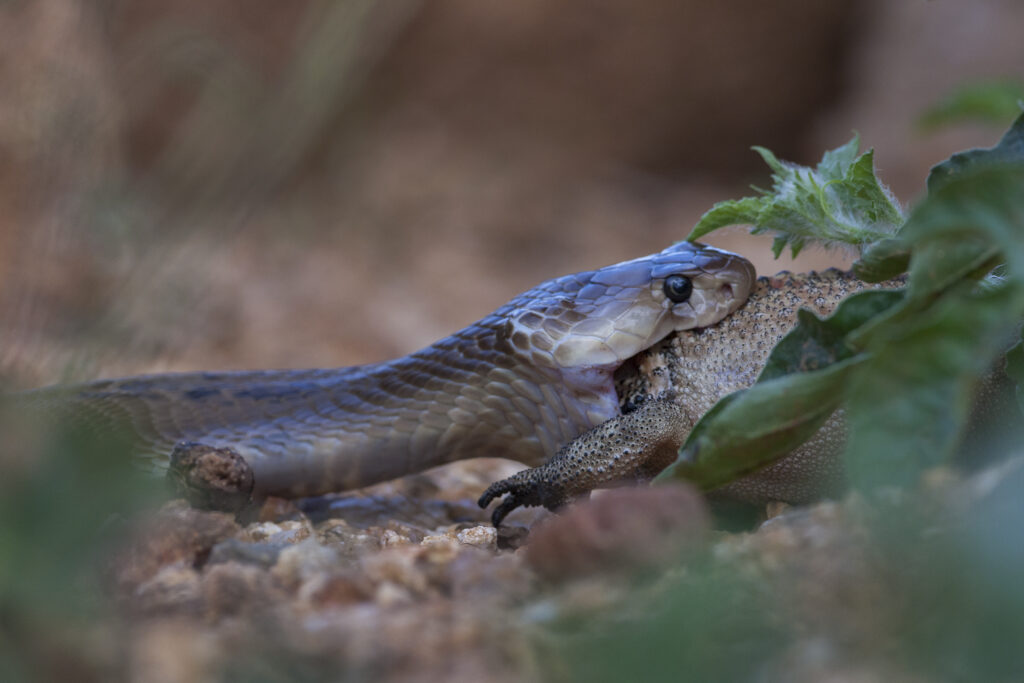
- Spectacled cobra (Naja naja): It is one of the most widespread species in mainland India. It’s not found in the north-east. This species is active both during the day and night. The average length of this species is around 4 feet. They lay eggs between March – July and it takes around 60 days for them to hatch. These species can live up to 25 years in the wild. They mainly prefer to feed on toads, frogs, small rodents, birds, and eggs and rarely can feed on other snakes as well.
- Monocled Cobra (Naja kaouthia): This species is widely spread in India’s north-eastern region, Odisha and Haryana. This species is crepuscular and can also be nocturnal. The average length of this species is around 5 feet. They prefer more wetter areas compared to Spectacled cobra. Egg laying of the species happens between January – March. They can live up to 12 to 18 years in the wild. They mainly prefer to feed on fishes, frogs, small rodents, and small snakes.
- Andaman Cobra (Naja sagittifera): This species is endemic to Andaman and Nicobar Islands. This is known to have the smallest geographical range of all the Naja species. They are mainly diurnal. Lay eggs in May. Researchers are working on these species as there is insufficient data due to their shy nature and restricted access to their habitat.
- Central Asian Cobra (Naja oxiana): From India, it has been reported only in mid-high elevations of Himachal Pradesh, Jammu and Kashmir. It is one of the rarer species of Naja in India. The average length of this species is 4.5 feet. Mainly feed on small rodents and birds. Like the Andaman cobra, more research is needed to understand the species.
- King Cobra (Ophiophagus hannah): It is the longest venomous snake species in the world. And the only snake in the world to build its nest and guard it. It mainly prefers to feed on rat snakes and other snakes. But also have been recorded to feed on monitor lizards as well. In India, these species prefer habitats with heavy rainfall, thick primary forests, estuarine mangroves, and swamps. Being a big-sized snake it’s a very good swimmer and tree climber. The average homing range of the individual varies between 3-5 square kilometers. As per new research, we can say that there are 4 different lineages of the king cobras which have evolved and may be considered different spices, but more research is required.
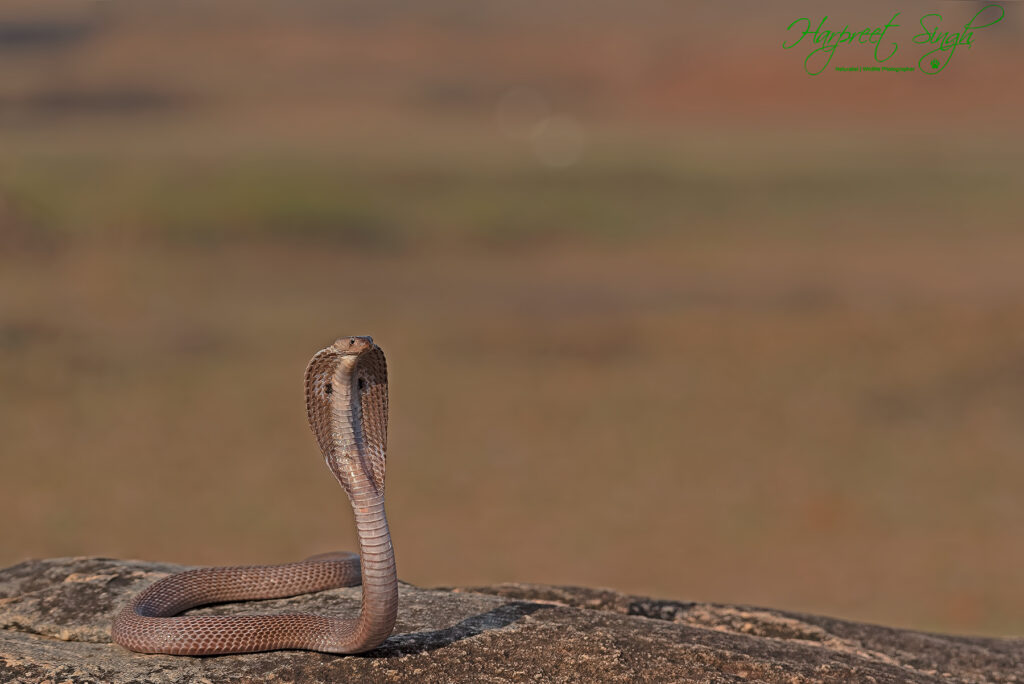
They have had a long-standing relationship with folklore and religion in India which have inspired several festivals like Naagpanchhami. They are a dangerous yet intelligent species of snake. If provoked, they have the ability to stand up on 2/3rd of their body elevating the remaining 1/3rd up in the air to show aggression!
They characteristically also spread the ribs near their neck region to unveil a hood that represents an attack mode. Their venom is a neurotoxic that attacks the opponent or prey’s nervous system rendering them paralysed. The markings on their hood are unique to the individual just like stripes on a tiger.
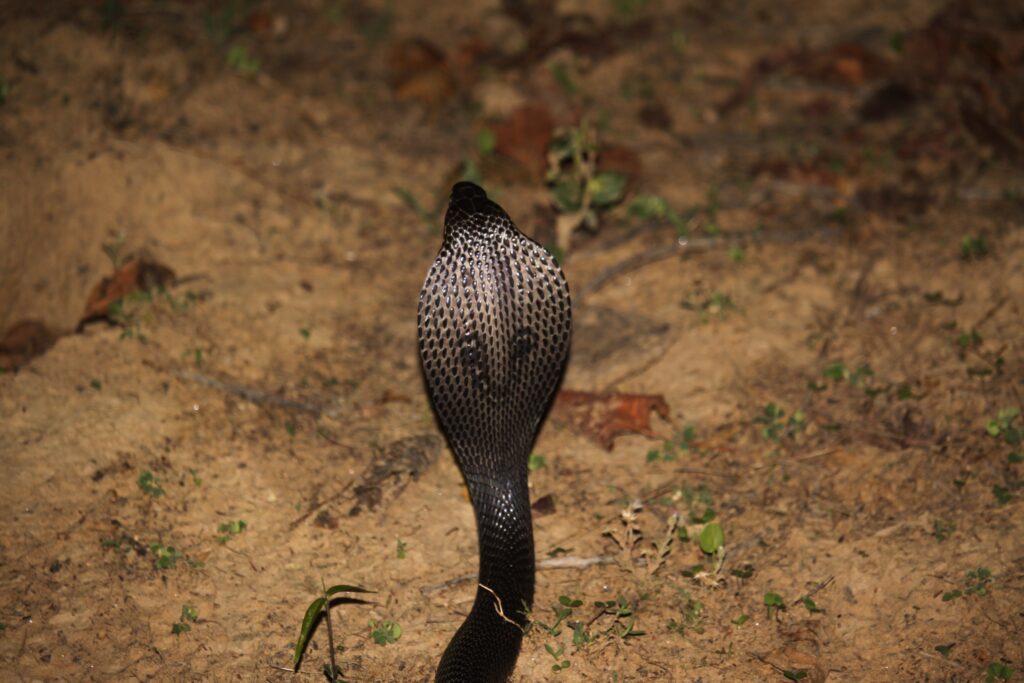
To know more about the other varieties of snakes of India and learn myths about snakes head to the links and enjoy reading.
Contributed by: Kshitij Gambhir, Head Naturalist at Denwa Backwater Escape, a Pugdundee Safaris Experience.

